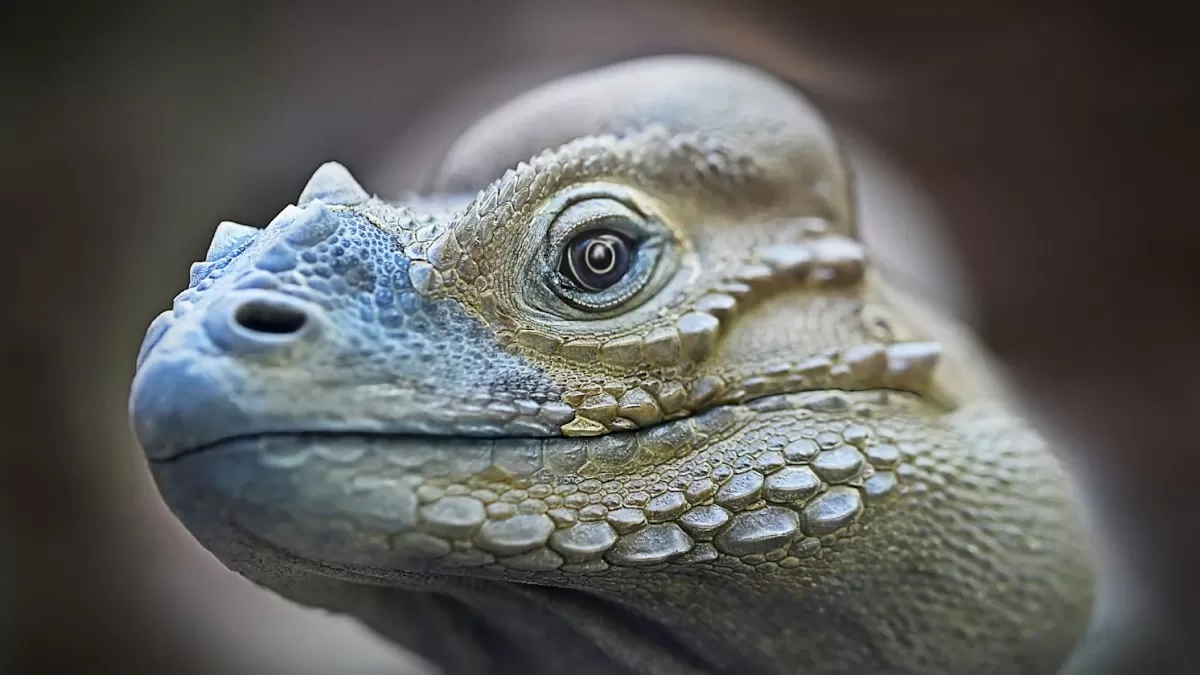Water anoles, also known as water lizards, are a fascinating species of reptiles that have a unique ability to stay underwater for extended periods of time. This remarkable ability is achieved by creating air bubbles around their snouts, which allows them to breathe underwater and evade predators for longer periods. A recent study led by Lindsey Swierk from Binghamton University has shed light on this incredible adaptation and its impact on the survival of these amazing creatures.
Water anoles are found in the Caribbean islands and are closely related to the more well-known green anoles. They are small in size, measuring only about 5-6 inches in length, and have a distinctive green coloration with a yellow or white stripe running down their back. These lizards are primarily found in aquatic habitats such as streams, ponds, and swamps, where they spend most of their time in and around the water.
One of the most fascinating aspects of water anoles is their ability to stay submerged for extended periods. This is achieved by creating air bubbles around their snouts, which act as a temporary air supply. The lizards do this by exhaling air from their lungs and trapping it in a thin layer of mucus around their nostrils. This mucus layer acts as a barrier, preventing the air from escaping and allowing the anoles to breathe underwater.
This unique adaptation has several advantages for water anoles. Firstly, it allows them to stay underwater for longer periods, increasing their chances of survival. This is especially important for these lizards as they are preyed upon by a variety of predators, including birds, snakes, and larger fish. By staying submerged, they can avoid detection and increase their chances of survival.
Moreover, the ability to create air bubbles also allows water anoles to explore their aquatic environment more efficiently. They can swim to deeper depths and stay underwater for longer, giving them access to a wider range of food sources. This is particularly beneficial during the dry season when water levels are low, and food sources are scarce.
To understand the impact of this adaptation on the survival of water anoles, a team of researchers led by Lindsey Swierk conducted a study at the Binghamton University. The study involved observing the behavior of water anoles in their natural habitat and measuring the duration of their submergence with and without air bubbles. The results were astounding, with anoles with air bubbles staying submerged 32% longer compared to those without.
This finding has significant implications for the survival of water anoles. By being able to stay underwater for longer, these lizards can increase their chances of finding food, avoiding predators, and ultimately, surviving in their harsh environment. This adaptation also gives them a competitive advantage over other aquatic species, making them a dominant predator in their ecosystem.
The study also revealed that the ability to create air bubbles is not limited to adult water anoles. Juvenile lizards, as young as two months old, were also observed using this technique. This suggests that this adaptation is innate and not learned behavior, making it an essential survival mechanism for these lizards.
The research conducted by Lindsey Swierk and her team has not only provided valuable insights into the behavior of water anoles but has also highlighted the importance of studying lesser-known species. These lizards may not be as well-known as their green anole cousins, but they have unique adaptations that are crucial for their survival.
In conclusion, water anoles have a remarkable ability to stay underwater for extended periods by creating air bubbles around their snouts. This adaptation allows them to breathe underwater and evade predators, increasing their chances of survival. The study conducted by Lindsey Swierk and her team has shed light on the significance of this adaptation and its impact on the survival of these amazing creatures. As we continue to learn more about these fascinating lizards, we can appreciate the diversity and complexity of the natural world and the incredible adaptations that allow species to thrive in their environments.

